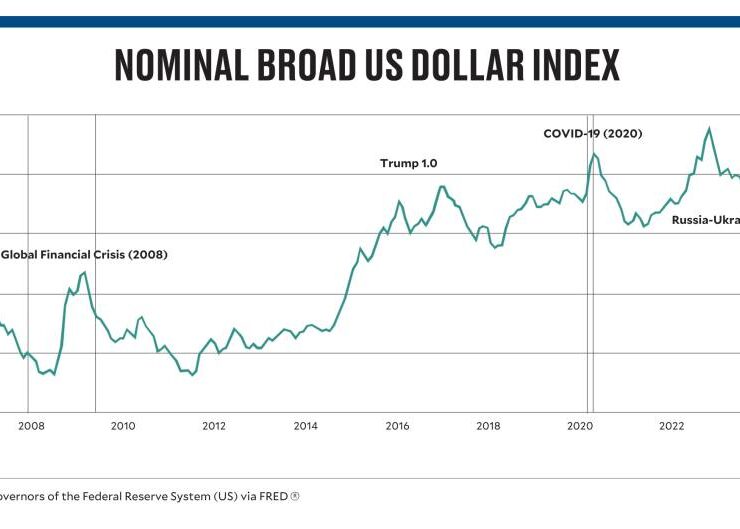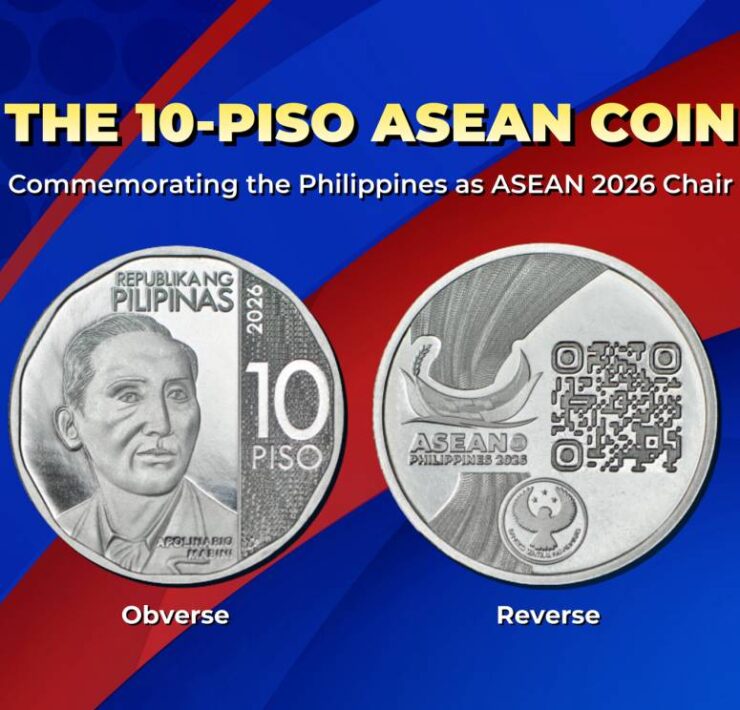Peso to stay under pressure, trade around 58:$1

The persistent weakness of the Philippines’ external position and the central bank’s higher tolerance for a weak currency would continue to weigh on the peso, Dutch financial giant ING Bank said.
In a note to clients, economists at ING said the “negatives” that have been stacking up against the local currency could keep it within the 58-per-dollar territory until the first half of 2026.
While that outlook would mark a recovery from the record low of 59.13 seen in late October, the bank said the peso was expected to remain “vulnerable,” warranting a “cautious stance” similar to Indonesian rupiah.
“The Philippine peso faces similar challenges, with sluggish growth and tariff headwinds weighing on sentiment,” ING said. “Both currencies (peso and rupiah) are likely to diverge from broader US dollar trends, reflecting local structural weaknesses.”
A weak peso cuts both ways for the Philippines. It can lift remittance inflows from migrant Filipino workers, fueling purchasing power in the consumption-reliant economy.
But it also risks fanning import costs and reigniting inflation. Prolonged currency weakness, meanwhile, could inflate the peso value of foreign debts held by both the government and private companies.
The peso has hovered near the 58 to 59 range in recent weeks amid growing downside risks to growth, dampened by governance issues and severe weather disruptions. The Bangko Sentral ng Pilipinas, however, has signaled it will let market forces set the exchange rate, saying it won’t intervene to smooth out daily fluctuations.
That “less defensive stance” of the central bank, ING said, combined with the country’s persistent trade deficit, “should keep the peso biased to the downside over the medium term.”
Still, a few bright spots remain. Potential inclusion in J.P. Morgan’s key emerging-market bond index could draw fresh foreign demand for peso-denominated government securities, improving liquidity.
Easing by the US Federal Reserve later this year could also offer the peso some breathing room.
“Asian currencies have had a mixed run in 2025, with low-yielders far outperforming the high-yielders like the Indian rupee, the Indonesian rupiah, and Philippine peso, where domestic growth and tariff concerns dominated sentiment,” ING said.





















